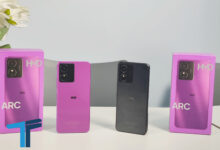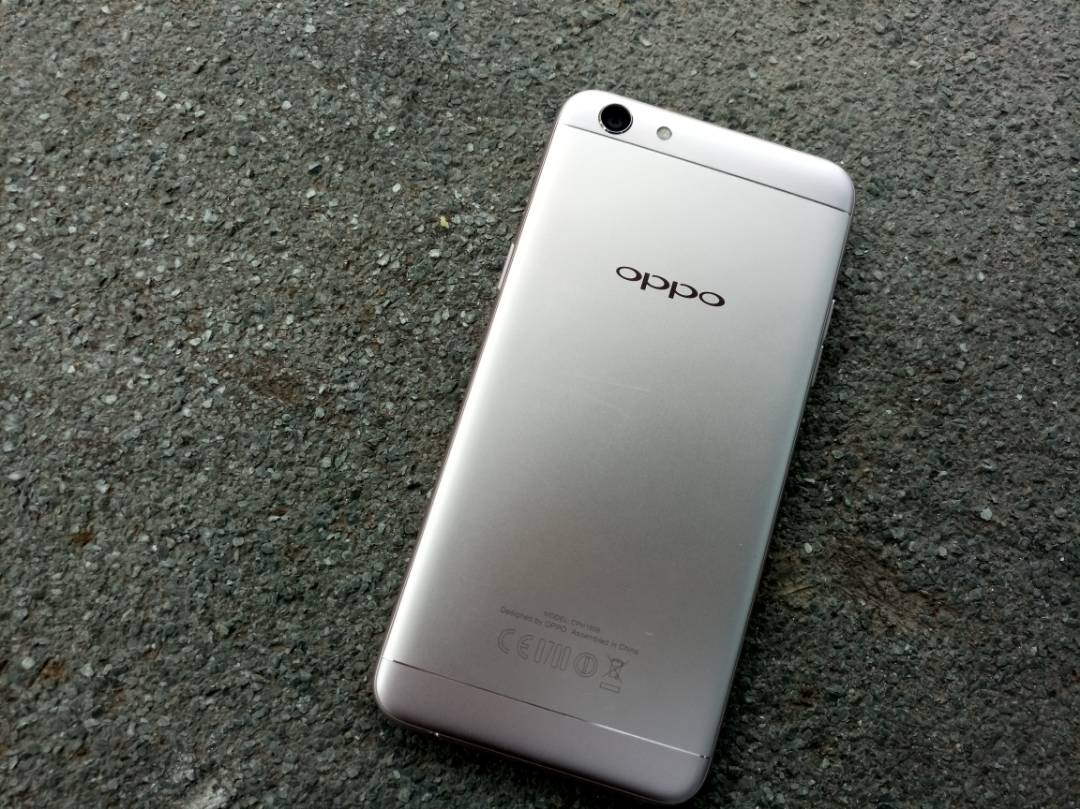
It has been a month since Chinese phone maker Oppo unveiled the Oppo F3 smartphone in the Kenyan market. You probably have seen so much hype being given to this device in the local media and even with some influencers in the country and so you have an idea what the Oppo F3 is all about.
The highlight or selling point of the Oppo F3 is the dual (16MP+8MP) front camera set up, which has a group selfie mode as well. The Oppo F3 is a smaller sibling of the Oppo F3 Plus, well, I have not had a chance to interact with the F3 Plus but from the extensive research I have done and also from the reviews I have online, the design looks identical though the F3 spots slightly exciting specs.
We already the unboxing article for you, and also gave you a first impression of what you get when you purchase the Oppo F3. If you missed it you can click the link below.
Read>>Oppo F3 Unboxing and first impressions
So apart from the camera, what else do you get with the Oppo F3? Is it a device worth spending your money on? What are the specs? Would you prefer it over other camera-centric smartphones currently in the market? Does it hold up to the competition in the same price range? Here is the full review.
Design and Display 7/10
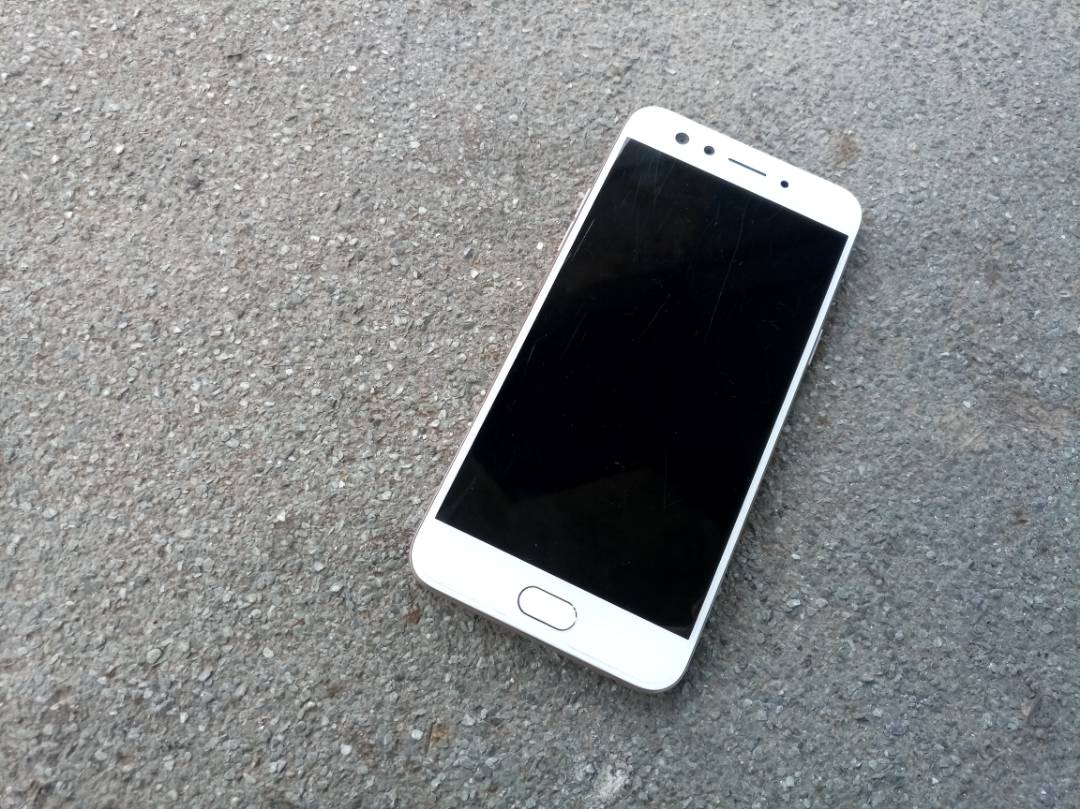
There is no doubt that Oppo did a really good job the design work of the Oppo F3. I will give them a plus for that, but again, there is nothing new as it seems identical to other smartphones in the company’s range.
The front features the proximity sensor, this is also where you have the dual camera setup and a receiver on the top end. The home button and the fingerprint reader dominate the bottom half and are flanked by two touch sensitive buttons on each side. Let just agree the Oppo got everything right here. As much as the company decreased the screen size, it did not move to an all plastic body, something which so common with other competitors in the same range.
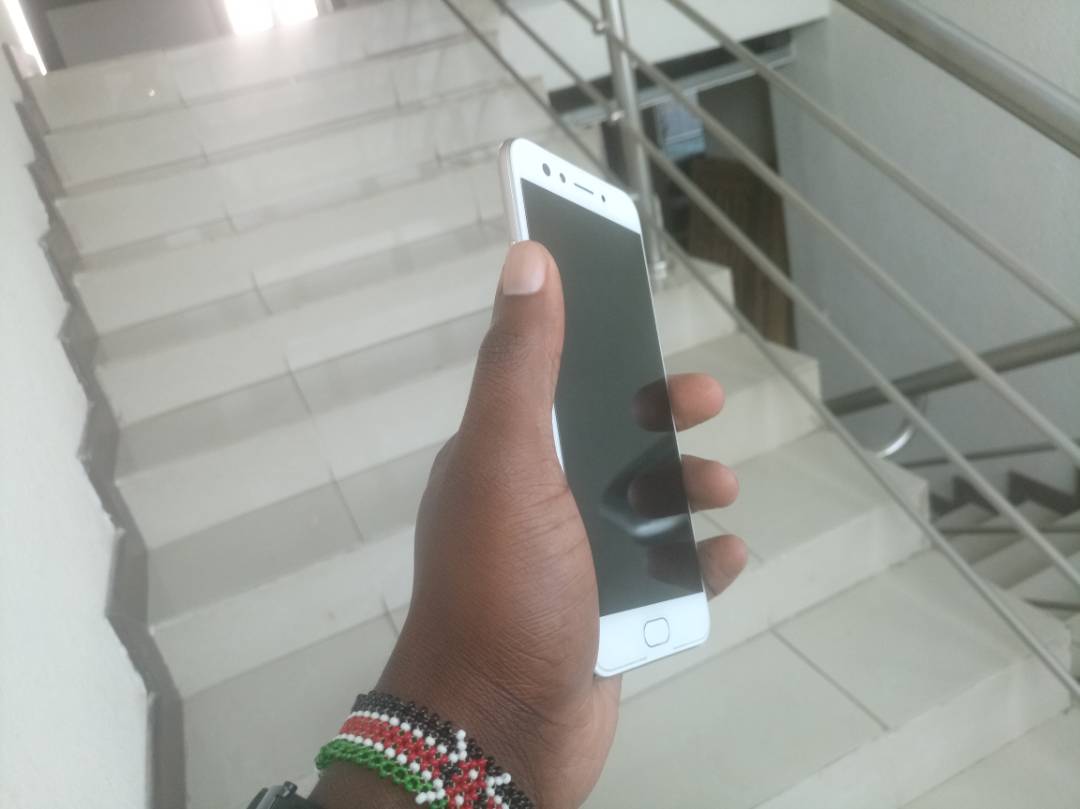
The 5.5-inch screen size with rounded edges on the Oppo F3 makes the device fit very well on one hand. The screen resolution is 1920 x 1080 and dimensions are just 75.2 x 7.3 x 153.3 mm. The 2.5D glass with a plastic frame running on the sides is quite appealing. At the back we have the typical Oppo logo.

The volume buttons are located on the top left side corner while the power button are on the top right side of the smartphone along with the SIM tray. The top left side houses the dual Nano-SIM slot, added to it is a third slot for expandable storage using a microSD cards. For those who would want use two SIM cards and a memory card, all at once, this is something they might like.
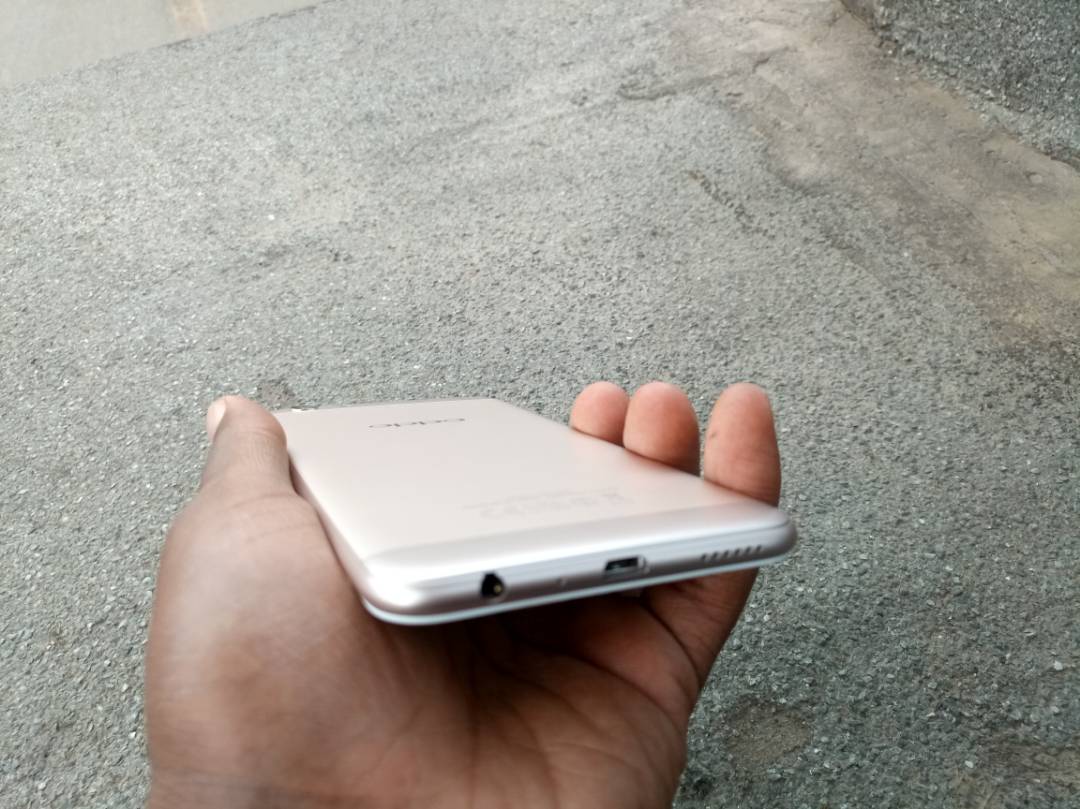
Similar to what we have seen with latest smartphones entering the market, the speaker grill, microphone and the microUSB v2.0 port are located at the bottom of the smartphone. This is the same place we have the 3.5 mm headphone jack.
Overall, Oppo did justice to the F3 design despite us not seeing anything new.
Hardware, Performance and UI: 5/10
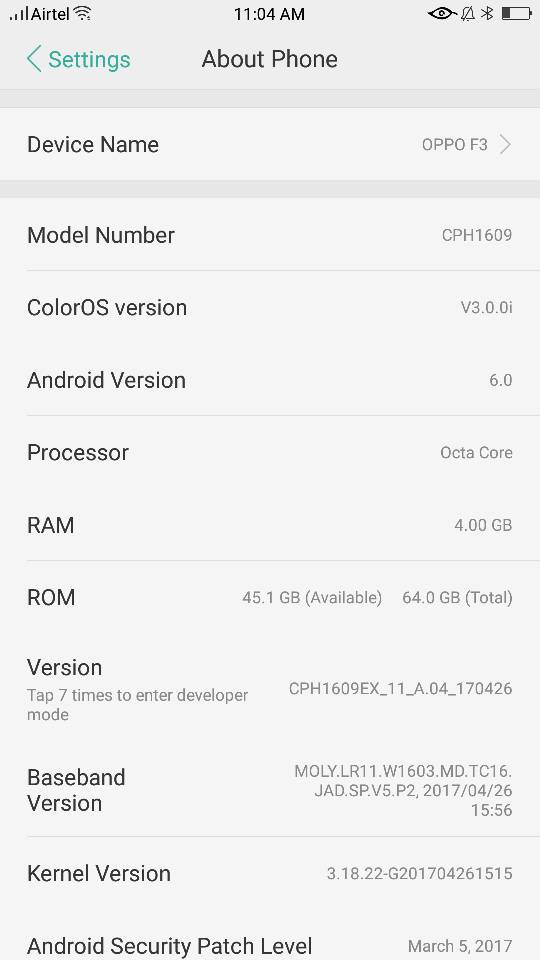
The Oppo F3 is powered by MediaTek MT6750TSoC (System on a Chip) paired with a 4GB of RAM and comes with a 64GB internal storage. The internal storage is enought for you to keep all your downloaded files and videos. Remember SoC was announced back in 2016 mostly for Android based smartphones and tablets, which means it has been around for close to a year and a half. It integrates 8 ARM Cortex-A53 core which consists of 4 high-performance cores clocked at up to 1.5 GHz plus 4 low-power cores clocked at up to 1 GHz each. SoC is being used on smartphones that are as an inexpensive as Kshs. 9,000.
What’s my point here? Well, SoC is not performance oriented. As much as the Oppo F3 can handle all kind of apps, you experience occasional sluggishness, especially when playing games on the phone. Despite the phone having no issues playing full HD videos, you still experience occasional lags and frame drops
The Oppo F3 also runs on Android 6.0, again this was a major disappointment from the company. I mean it is 2017, why would a new smartphone still be using a two-year-old OS? Oppo should have done better than this, why not Android v7.0 (Nougat)?
When it comes to the UI, I found the ColourOS on the Oppo F3 quite colorful. The icons designs and settings layout are pretty good.
![]()
Oppo also decided to include gestures and features like app cloning which allows users to easily make use of dual SIMs and run dual WhatsApp or Facebook accounts for example.
You also get features like a theme manager, a RAM booster app, lock-screen magazine feature, cloud backup and a secondary app store. For music lovers, UI also offers a set of interesting apps for things like music, videos, clock, photos, weather, file manager and even email.
On a positive note, the Oppo F3 handles day-to-day tasks like normal web browsing, or when using social media or scrolling through your gallery fairly well. Despite the 4GB RAM, you however still have to occasionally reload tabs in your browser and other applications like YouTube, Twitter and Facebook
Camera 8/10
As I mentioned earlier, the camera is the main selling point for the Oppo F3, especially the front dual-camera setup- 16MP primary + 8MP secondary camera. The 16 MP front camera is the default selfie camera, while the 8MP camera is for wide-angle selfies.

The image quality from the front camera are fantastic, of course being the selling point Oppo had to ensure that happens. Images from the camera are vividly clear and the shots are also well exposed and relatively sharp, even in low-light. Check some of the selfies I took below. More images can be found on our Instagram page.

Despite the good images, there were occasional app crashes and the Oppo F3 camera app sometimes took a little more time take a selfie.
The back camera is however a disappointment. First, the camera really struggles when it comes to focusing, especially when it comes to distant or macros shots and also shots with a great contrast between brightest and darkest areas.
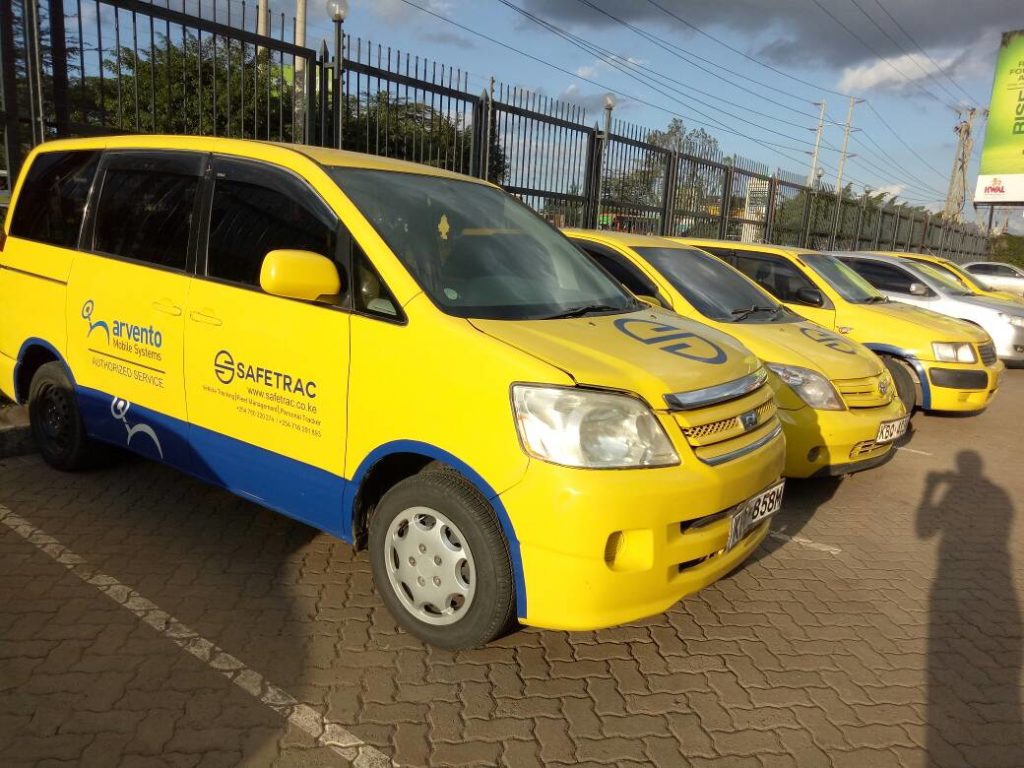
Like for example, a photo I took in Nairobi Central Business District during the day, despite having good colour reproduction and contrast had so much noise.
Follow our Instagram page techtrendske and check out more photos taken by the Oppo F3.
Battery
The Oppo F3 is powered by a 3,200mAh battery, added to it is Oppo’s VOOC flash charge technology. Interestingly, the phone does not support the VOOC charging technology. Could it be that Oppo is reserving the feature for its flagship devices? But again, the phone gets fully charged under just two hours.
Well, for the last 3 weeks I have used the Oppo F3 as my daily companion, the smartphone indeed did last me throughout a normal work day. By the end of the day when I reached my house, I usually had around 4-7 percent of juice left.
Compared to other smartphones in the same range, this are not great numbers by any mean. But overall, it’s not bad either.
Verdict, Availability and Pricing
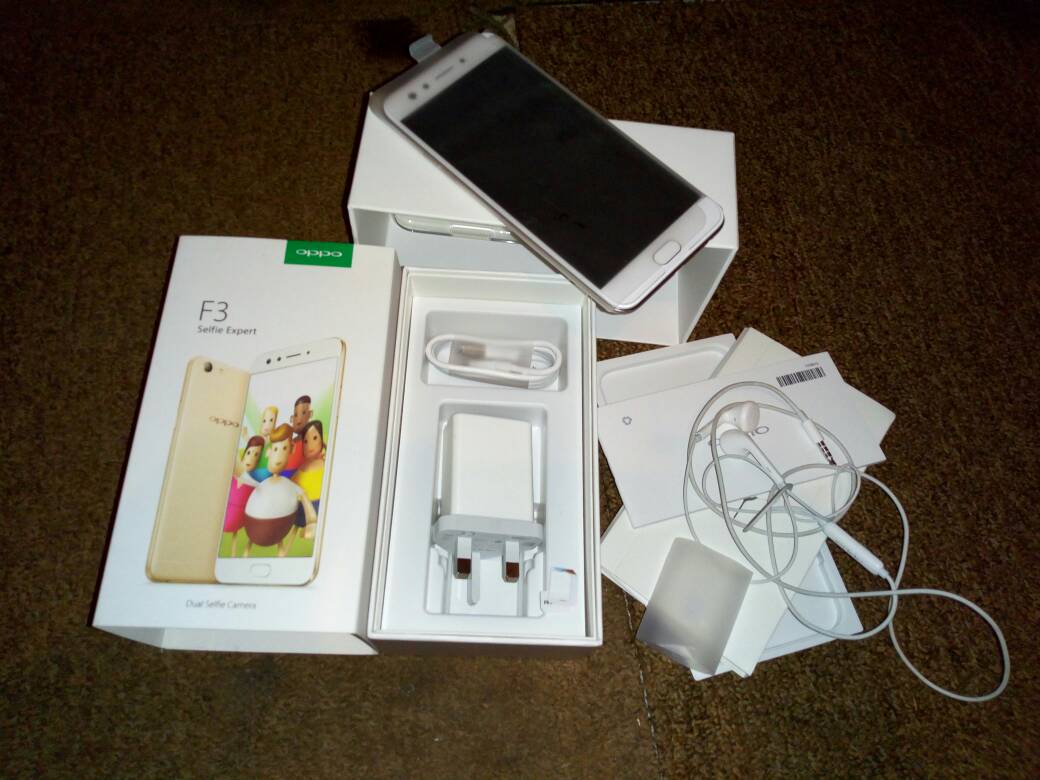
So here is what I think about the Oppo F3. For someone looking for a selfie focused smartphone then the Oppo F3 is something you should really consider adding to your bucket list. The dual front camera setup is impressive, no doubt about that. The back camera is however second-rate and delivers mediocre images and the processor is also just so weak.
Oppo gave so much focus on the selfie camera and forgot about all the other important performance details.
The device is available for Kshs.33,000 and started retailing in the country on Tuesday, May 23rd. Again, if you look at the pricing, it is way above other smartphones brands in the same range in the market. Options like the Tecno Camon CX offer a well-rounded package for considerably less money.
But as I said, for those looking for a smartphone with a great front cameras performance, then the Oppo F3 could be a good option. But for those who want a well-rounded package, the competition in the market offers better options.
Loved the review? Have anything to add? Drop us comment in the comments section below. 🙂



